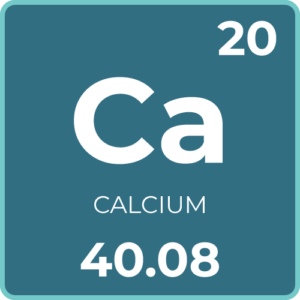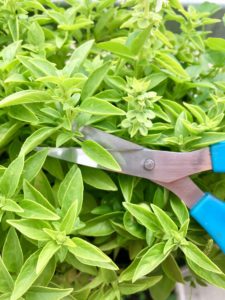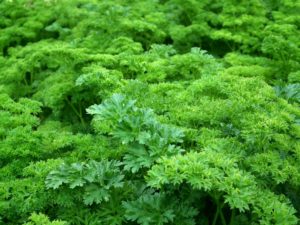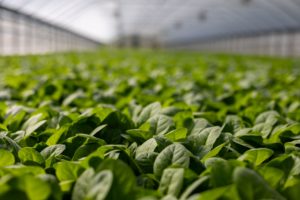Phosphorus is one of the main three nutrients plants need to thrive. In the NPK formula, phosphorus sits squarely in the middle as the “P.” Plants simply can’t grow without it- it enables the cell division that helps create new tissue. Not only does phosphorus enable new growth, it also has an important role in how plants move and produce energy.
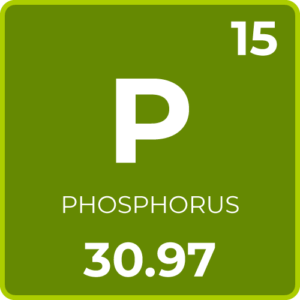
Phosphorus – From the Roots up
One of the most overlooked, but also most important nutrients for root growth is phosphorus. Without a strong root system, plants can’t take in nutrients or water. In fact, plants without a developed root system may die, or have stunted growth.
From the roots up, phosphorus still helps plants grow. It’s found in nucleic acid, which allows plants to synthesize protein and replicate cells. When cells divide and replicate, new tissues are eventually formed from the addition of new cells. Ultimately, it allows plants to add more tissue where needed, and grow larger.
When plants prepare to enter the reproductive phase of their lives, they need sufficient amounts of phosphorus. With enough of this key nutrient, plants struggle to produce buds that eventually turn to flowers, which produce seeds and fruit. Phosphorus deficient plants may not be able to fruit, or will produce very little fruit or seeds.
Other Support Phosphorus Provides for Plants
What else does this key nutrient do? As it turns out, it provides a number of crucial supports for plants.
It plays a role in how parts of the entire plant receive and store energy. More than just energy transport and storage, it’s also important to photosynthesis, which is how plants produce their own energy, or food.
From roots to tips, phosphorus provides support for growth, energy, and reproduction. However, there are other ways this element supports the entire plant too. Because it helps plants grow and develop, it naturally increases their resistance to issues like pests and pathogens. Weak plants struggle to grow, let alone fight off diseases. A strong, fully developed plant has a better chance of healing and surviving an infestation.
How do Plants Get Phosphorus?
Plants growing in soil get phosphorus from their surroundings. However, plants don’t have a very easy time getting it from the soil. Not only that, the form in which they can absorb it depends on whether the soil (or for hydroponics, nutrient solution) is more alkaline or more acidic.
Ideally, with a pH range between 6.0 and 7.0, plants can take in the maximum amount of phosphorus. However, it’s available in two main chemical compositions that plants can use. The first is H2PO4-. If the soil or nutrient solution has a lower pH, this is the form available to plants. If the pH is higher, or more alkaline, plants take in the second form, HPO4-2.
Naturally, this is a bigger concern for plants growing outdoors, since it’s more difficult to manage soil pH. In a hydroponic system, plants can absorb more of the nutrient, provided the pH level in the nutrient solution is properly managed.
Most nutrient solutions have a 30 to 50 ppm concentration of phosphorus, although it can change depending on growth stages and needs of certain plants.
Excess and Deficiency
Phosphorus deficiencies often show first in the older leaves, although growers may also notice that plants exhibit generally stunted growth. Smaller, or weak roots may also signal a deficiency. Because it’s so important to the reproductive phase for plants, a deficiency also shows in plants’ inability to flower and fruit. Plants may also show reduced flowering and fruiting, or buds when they’re not getting enough phosphorus.
However, one of the biggest tell-tale signs of phosphorus deficiency is the purple color on older leaves.
Excesses of nutrients can also have negative effects on plants. In this case, the problem is primarily in how plants get other nutrients. A phosphorus excess often means the plant can’t take in enough manganese, zinc, or iron. As a result, plants may show signs of deficiency for these nutrients, rather than other visible signs of an excess.
